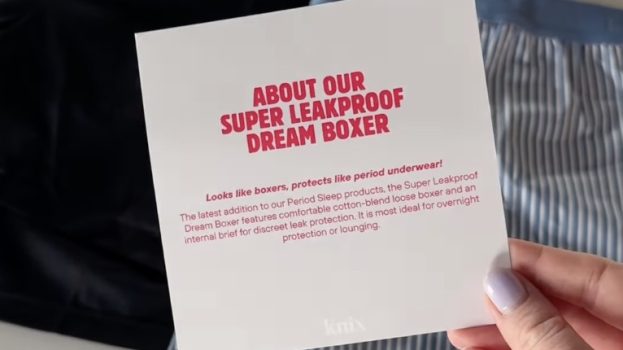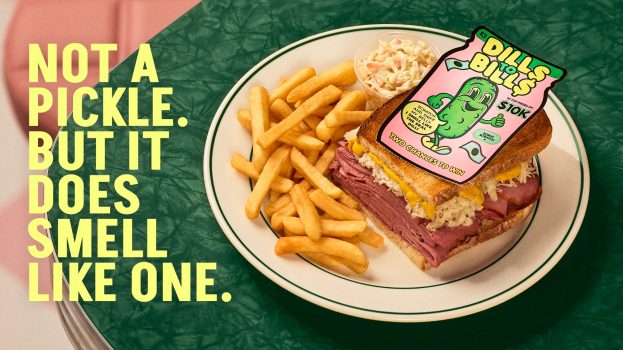Wind Mobile has been rebranded as Freedom Mobile in an effort to shed its baggage and build trust with consumers.
Announced earlier this week, the rebranding coincides with the launch of a new LTE network for the telco in Toronto and Vancouver, improving on its previous 3G network and with plans to bring the same improvements to other markets in 2017. Visually, the new brand maintains Wind’s signature orange, with a hint of blue from the logo of Shaw, which closed the deal to buy Wind in March.
The company has launched a full campaign to go with the rebrand, including ads in print, radio and out-of-home, as well as transit wraps. TV spots featuring the brand’s new mascot, “Freddy the Freedom Bear,” will debut soon, featuring Freddy and a human companion singing folksy, down-to-earth songs about Freedom and what it offers to consumers. While a major goal is to drive awareness about the rebrand, certain ads will focus more on the LTE network or differentiating features that the brand stands for, like its no-contract plans. The company worked with the Issac Group on the rebranding and the campaign.
Alek Krstajic was made CEO of Freedom Mobile early last year, having previously been CEO of Public Mobile before it was sold to Telus in 2014, and CMO at Bell prior to that.
He says that during his time with competitor Public, he had always considered Wind to be a good brand, but that it became tarnished and began to carry baggage because of things like its history of foreign ownership or service issues customers ran into as the company attempted to build a network from the ground up and catch up to the major telecos.
Besides being a call back to some of Wind’s previous taglines like “true mobile freedom,” the Freedom Mobile name instantly conveys the kind of positioning the company wants to have.
“A brand and its name are separate, because you can build a name to stand for anything, but the ‘Freedom’ name on its own automatically suggests something to people, and it’s something we want them to associate with us,” Krstajic says. “We looked at a slew of different names, but what we landed on is what we’re trying to sell. What we’re trying to sell is the concept that when all other things are equal, people buy from those they like and trust. We needed a brand that echoed things like no overage fees, gouging or the contract the incumbents tie consumers to.”
Wind is actually a brand that was licensed from the Italian telco of the same name, and Krstajic says creating the new brand will save the company $40 million in licensing fees over the next five years. Furthermore, fully owning its own brand gives the company more flexibility to build its own positioning.
“Philosophically, you should own your own brand, and you can build a nice brand with that $40 million we’ll save,” he says. “Especially if you’re trying to build a company that’s going to succeed over the long run, the brand is the essence of a company and it’s where the value accrues.”
Part of Freedom’s long-term plans involve improving its coverage to eliminate a major consumer pain point, which may include expanding its coverage zones — including the roaming fees that users might get when travelling between coverage zones as part of an inclusive package and waiting for approval from the government to acquire a low-band spectrum that will bring coverage to areas like elevators and underground buildings.
























